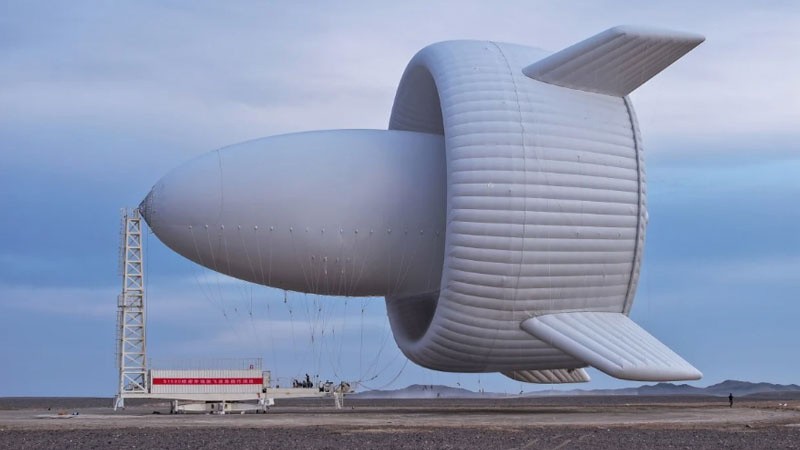World’s first solar furnaces melt steel scrap in Switzerland, reaching temperatures above 1,450°C (up to ~2,000°C) and slashing CO2 to 0.041 kg per kg of steel
In an ambitious leap for clean metal making, Switzerland has launched the world’s first solar furnaces that melt steel scrap using only sunlight. The heat is concentrated by a 10-meter-diameter reflector onto a crucible filled with metal scrap, achieving temperatures above 1,450°C to fuse stainless steel. In the higher-temperature configuration, the system can approach 2,000°C. The process is designed to operate with energy storage so it can keep melting even when clouds pass overhead.
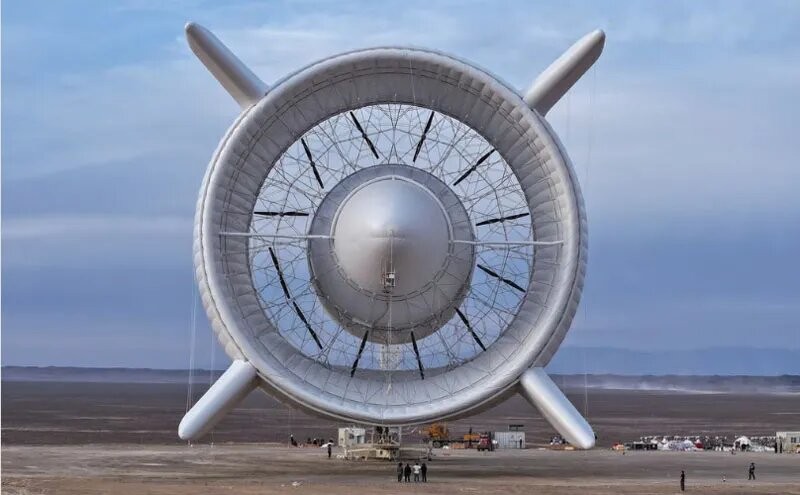
In This Article:
- La-Chaux-de-Fonds: watchmaking’s historic center becomes a proving ground for solar metallurgy, turning watch and medical waste into new steel
- How it works: two solar-furnace configurations concentrate sunlight to heat a crucible, enabling metal melting
- Science meets sun: academics confirm stability and cloudy-day operation through sun-tracking and adaptive mirror angles
- A 2028 vision: a 1,000-ton-per-year solar steel plant with near-zero emissions, reshaping metallurgy
La-Chaux-de-Fonds: watchmaking’s historic center becomes a proving ground for solar metallurgy, turning watch and medical waste into new steel
The installations are located in La-Chaux-de-Fonds, the historic heart of Swiss watchmaking. Panatere, a Jura-based company, leads the project and intends to build a fully solar-powered factory by 2028. The system is designed to process waste streams from the watch industry and the medical sector, transforming discarded metals into new steel without emitting pollutants.
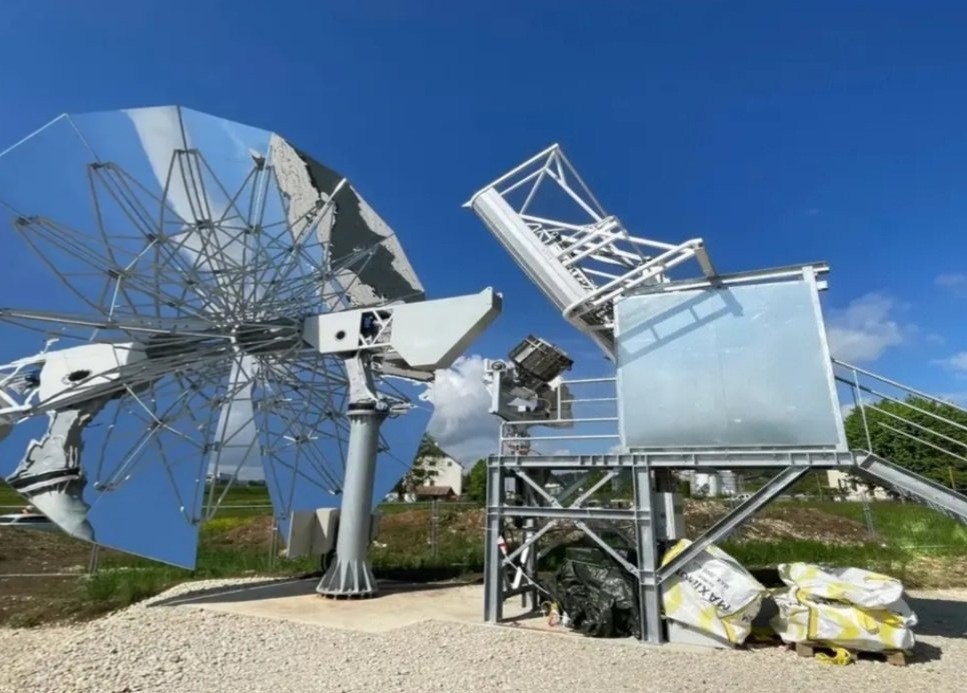
How it works: two solar-furnace configurations concentrate sunlight to heat a crucible, enabling metal melting
There are two installations. A larger unit uses a heliostat field of 138 m² with 40 movable mirrors that follow the sun, concentrating heat on a 10 m diameter reflector that feeds the crucible. A smaller system has a 30 m² mirror surface and a compact concentrator with 460 mirrors, intensifying sunlight thousands of times. In the second type, reactor temperatures can reach around 2,000°C, suitable for high-temperature alloys used in precision engineering.
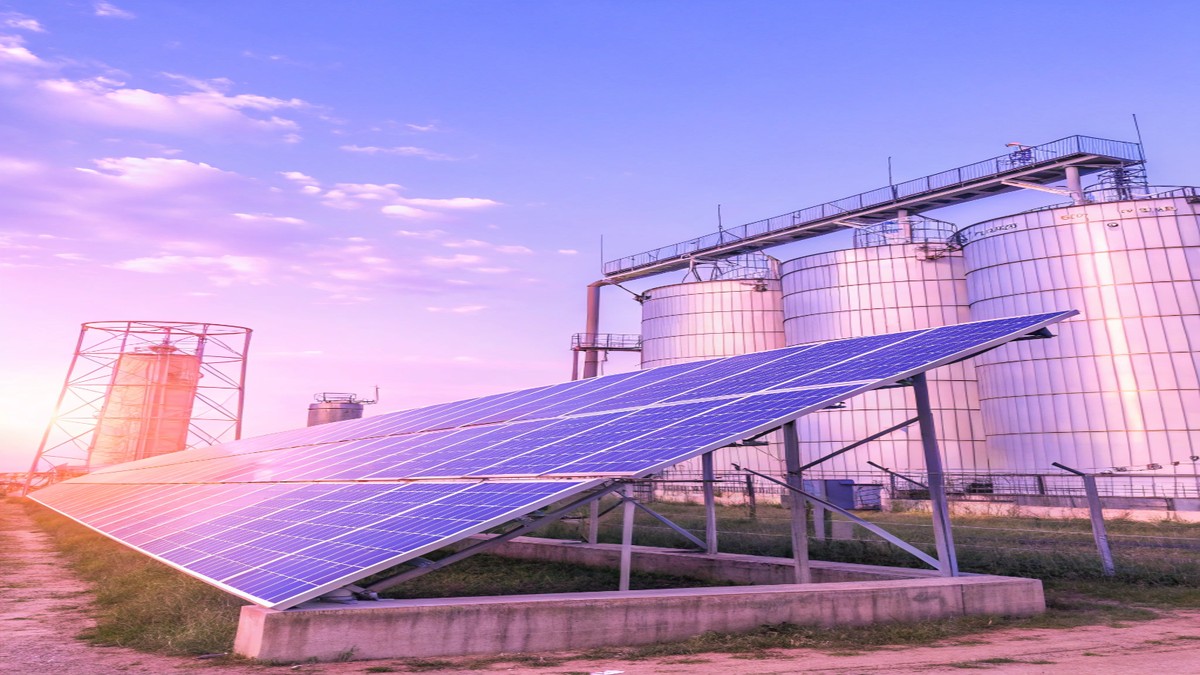
Science meets sun: academics confirm stability and cloudy-day operation through sun-tracking and adaptive mirror angles
Researchers from the Arc Engineering School and the University of Franche-Comté modeled the system and confirmed temperature stability throughout the day. The design relies on automatic sun-tracking and adaptive mirror angles to keep heat focused. Batteries store energy to sustain melting even during overcast periods, making the process more autonomous.
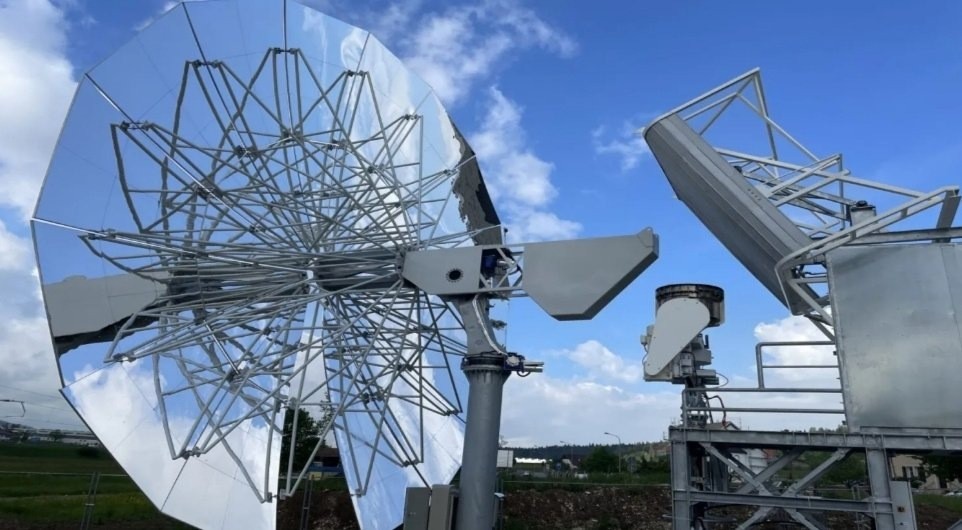
A 2028 vision: a 1,000-ton-per-year solar steel plant with near-zero emissions, reshaping metallurgy
Panatere plans to build an industrial plant by 2028 capable of producing about 1,000 tonnes of steel per year with almost zero emissions. Traditional steelmaking emits roughly 6.8 kg CO2 per kg of steel; the solar approach targets around 0.041 kg CO2 per kg—a reduction of more than 160 times. The facility would primarily recycle watchmaking waste, medical instruments, aerospace components, and other precision parts while reducing dependence on gas and electricity. Experts say these solar steel projects could transform the metal industry and inspire nations to pursue clean technologies.
